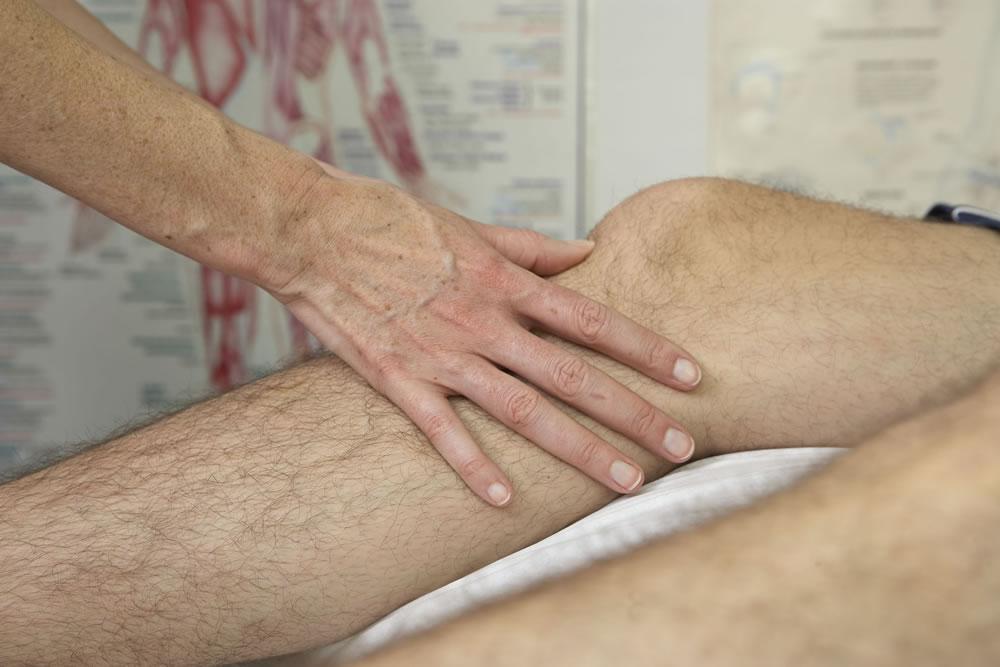

In honor of McGill’s work, I wanted to share with you some of the many exercises he recommends for spinal recommendations. As always, before attempting these exercises, please double check with your doctor or your movement practitioner if they are appropriate for you.īefore starting on stabilization work, I have found getting an assessment to figure out what you can do to remove what is causing your lower back discomfort (ex. If you want to read books by this low back expert, I recommend checking his books called Back Mechanics or the Ultimate Back Fitness and Performance. Some of my programming for clients has been informed by Dr. Stuart McGill is also a proponent to using flexion mindfully. For example, I teach flexion in cat to cow exercises to many of my clients, because it helps with their flexibility, neural flossing, body awareness, and much more benefits that can help with daily movement and specific goals.ĭr. This doesn’t mean that I skip flexion completely it just means that I use them in a directed mindful manner. It is why designing a program that uses flexion with purpose and balance for creating a safe movement program for my clients is essential. Loaded flexion exercises put a negative stress on a disc. I refrain from teaching a lot of loaded spinal flexion exercises, because many of my clients have a history of disc degeneration.
San francisco spine stabilization program manual#
Though we’ll custom-tailor a spine rehabilitation program specific to your symptoms, range of motion, and other factors, your treatment program will likely include a combination of manual therapy, McKenzie exercise programs, and dynamic trunk and core stabilization exercises.Even though Pilates is known for a lot of flexion exercises, particularly loaded ones, flexion is just one of the many things I do with clients. They can also be caused by complications of osteoarthritis, surgery and a number of other conditions. Spinal problems are commonly caused by injuries from sports, repetitive stress/overuse, heavy lifting, car accidents and other traumas, or from everyday poor posture and movements.

It’s good for your wallet, your self-esteem, and your body’s renewal. This has two benefits: it is minimally invasive to you, which gives your body space to heal and regenerate and it empowers you to direct your own rehabilitation without having to rely entirely on your appointments with us. We can then create a home program for you that allows you to strengthen and restore the damaged area through exercise and other treatments, with minimal therapist involvement. If you’re currently injured, that range will be compromised in ways that allow us to make a diagnosis.
San francisco spine stabilization program series#
The evaluation involves conducting a mechanical examination that puts your body through a series of exercises that test the limits of your range of motion. Somewhat ironically, surgery can actually make it more difficult for your body to heal and renew.Īt Renew, we follow the McKenzie Method of Mechanical Diagnosis and Therapy, which prioritizes finding a non-invasive treatment whenever possible and makes you the champion of your own recovery. The problem with this approach is that it forces your already-injured body to cope with what it views as an extreme trauma. Too often, the immediate diagnosis for any injury is treatment through surgery, heavy medications, or invasive injections. That’s how we’ll figure out a program that addresses all those difficulties and helps put them to rest. We want to know all about your concerns, your fears, and your frustrations. Let’s face it: it’s quite frightening to be told there’s a problem with your spine. We know that spinal problems can be particularly difficult to deal with.

We evaluate your injury and recommend rehabilitative exercises that you can perform at home, minimizing the risk of re-injury and putting you back in control of regaining motion. We offer a much more conservative, non-invasive approach to treatment, which we’ve found our spinal patients in particular respond to. We’ve found this is especially true if their first diagnosis included a recommendation for invasive and potentially dangerous surgery. Because of its central place in your ability to move, injury to the spine or spinal problems can be truly frightening for many people, and that fear can discourage them from taking an active approach to rehabilitation. The spine is extraordinarily complex, and is tied to absolutely every movement you make with your body.


 0 kommentar(er)
0 kommentar(er)
